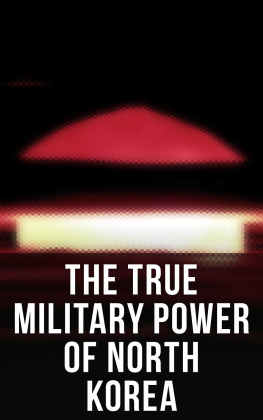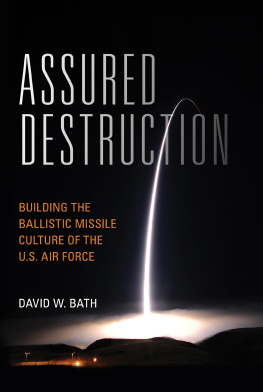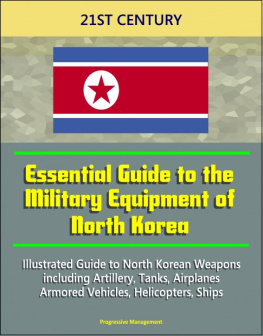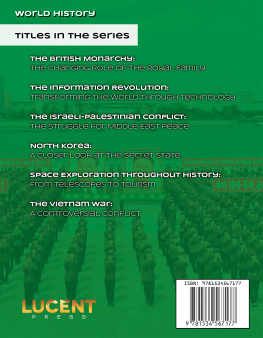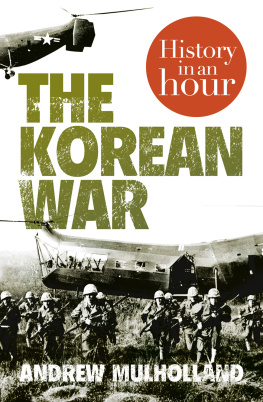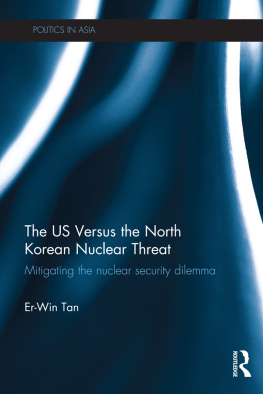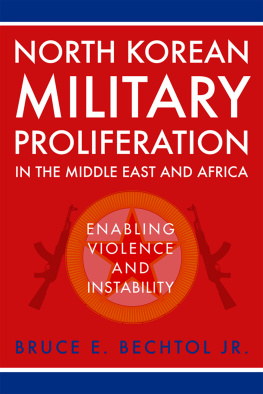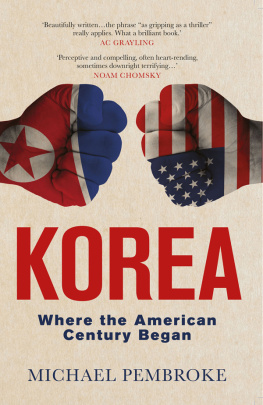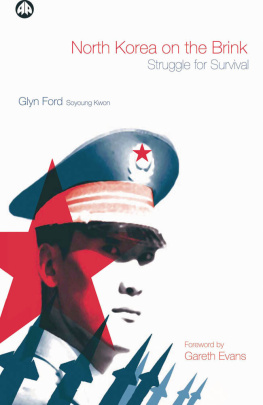Summary
Since the inception of the Democratic Peoples Republic of Korea (DPRK) in 1948, the Pyongyang regime has had two national strategic objectives: (1) the perpetuation of the regime; and (2) reunification of the Korean Peninsula under North Koreas control. Militarism has remained an essential aspect of the DPRK throughout its existence, and the armed forces constitute a central element of the regime. The Korean Peoples Army (KPA), the name given to all services of North Koreas military, is the core element for the realization of North Korea's national strategy. This strategy calls for giving priority to military issues over everything else and the DPRK constitutes the most militarized state on earth measured by a variety of indicators.
The KPA emerged from guerrilla origins in the 1920s and then evolved into a hybrid force with elements of Soviet and Chinese doctrines and organization. It has adjusted as a result of learning from conflicts waged elsewhere in the world. This tradition embraces the concept of self-reliance and self-sufficiency consistent with the DPRK ideology of Juche.
North Korean military doctrine has shifted dramatically away from the doctrine of regular warfare to a doctrine that embraced People's War. Kim Il Sung espoused Four Military Lines: (1) arm the entire population; (2) fortify the entire country; (3) train the entire army as a "cadre army"; and (4) modernize weaponry, doctrine, and tactics under the principle of Juche in national defense. Military doctrine was refined further to incorporate the concepts of combined operations and two-front war. The combined operations doctrine called for the integration of guerrilla warfare operations (small unit) with conventional ground force operations (large unit). This integrated doctrine probably has been modified to include Weapons of Mass Destruction (WMD). The two-front war doctrine calls for close coordination of conventional frontline operations with guerrilla and special operations deep within South Korea and possibly elsewhere. The First Front traditionally has been the massive conventional KPA force along the Demilitarized Zone (DMZ), while the focus for the Second Front has been the rear area of South Korea.
To support these objectives and doctrine, since the end of the Korean War the KPA has developed into a massive armed force, 1.2 million strong, with substantial military capabilities both conventional and unconventional. The KPA is the worlds fourth largest military in terms of manpower, with the worlds largest Special Operation Forces (SOF) and submarine fleet. Some 40 percent of the populace serve in some military, paramilitary, or defense-related industry and can be mobilized easily for war.
In addition to sizeable conventional forces, North Korea has significant WMD and ballistic missile programs. Nuclear weapons almost certainly were on Kim Il Sungs mind from 1945 onward. He was impressed by the power of the bombs used on Hiroshima and Nagasaki, both in terms of their destructive capacity and their value as a political weapon. The DPRKs quest for a nuclear program began in the 1950s. Pyongyang has multiple reasons for keeping the program and no obvious good or compelling reasons to give it up.
North Korea possesses at least enough plutonium to make a handful of nuclear bombs. Still, it is entirely possible that Pyongyang does not have a weapon.
The evidence from the October 9, 2006, underground explosion remains inconclusive, and the authors estimate that the DPRK has anywhere from zero to 13 nuclear weapons. North Korea has good reasons to play a game of nuclear ambiguity. Nevertheless, prudence demands that the United States and its allies proceed on the assumption that the DPRK has a nuclear weapon.
Whether or not Pyongyang has an explicit doctrine, it almost certainly has some guiding principles for when and how to employ whatever nuclear devices it possesses. While one cannot rule out a nuclear first strike by Pyongyang, given the extremely small amount of nuclear weapon making material available and almost certain massive retaliation North Korea could expect from the United States, it appears more likely that North Koreas nuclear doctrine is focused on deterring an attack by the United States and as a way to gain leverage at the negotiating table. It is far from certain whether Pyongyang yet has mastered the ability to build a nuclear warhead from its plutonium stockpiles. Moreover, its preferred delivery system cannot be assumed. Its first choice might be ballistic missiles, but this option may be discounted if a warhead cannot be built. Furthermore, there may be grave doubts about the accuracy of the missiles. This may lead to the consideration of other options such as air or maritime delivery.
The DPRK perceives chemical agents more as an operational force multiplier, rather than as a strategic asset. Chemical weapons likely will be used at the outset of any conflict against frontline forces via artillery, against rear area targets on the peninsula via long-range artillery, short-range ballistic missiles, and via unconventional means with the assistance of SOF. Moreover, it is possible chemical weapons could be used against U.S. military assets in East Asia delivered via medium-range ballistic or unconventional means. In short, it must be assumed that if the KPA launches an attack, chemical weapons will be employed.
Pyongyangs biological warfare program is far less developed than its nuclear, chemical, or ballistic missile counterparts. This is true in terms of evolution, capabilities, readiness, and doctrine. Nonetheless, it must be assumed that North Korea has a significant biological weapons capability, along with the will and means to employ them.
North Korea has had a ballistic missile program for more than 4 decades. The program, created by Kim Il Sung, has been a top national priority from the start. Utilizing technological assistance from a handful of countries, foreign trained technicians and scientists, and reverse engineering, Pyongyang has succeeded in establishing a credible indigenous ballistic missile manufacturing base. The first phase produced shortrange missiles for export and domestic deployment; the second phase produced medium-range missiles for the same. In the third current phase, North Korea has turned to research and development, and testing but not yet the production, deployment, or export of long-range missiles.
Currently, North Korea is thought to possess between 600 and 800 short- and medium-range ballistic missiles. This number is only likely to increase with steady output by the military industrial complex. And if testing continues, the DPRK eventually will produce and deploy long-range missiles capable of reaching Alaska, Hawaii, and some day, the continental United States.
The short- and medium-range missiles originally were produced for defense and deterrence against the United States and South Korea, but the missiles could, of course, be used offensively. Pyongyang recognized that there was a market for missiles and it could profit from exports of ballistic missiles and related technology. North Koreas missile program also became important as a status symbol to bolster the prestige of the regime, both domestically and internationally. By the late 1990s, Pyongyang realized the value of the program for diplomatic leverage.

